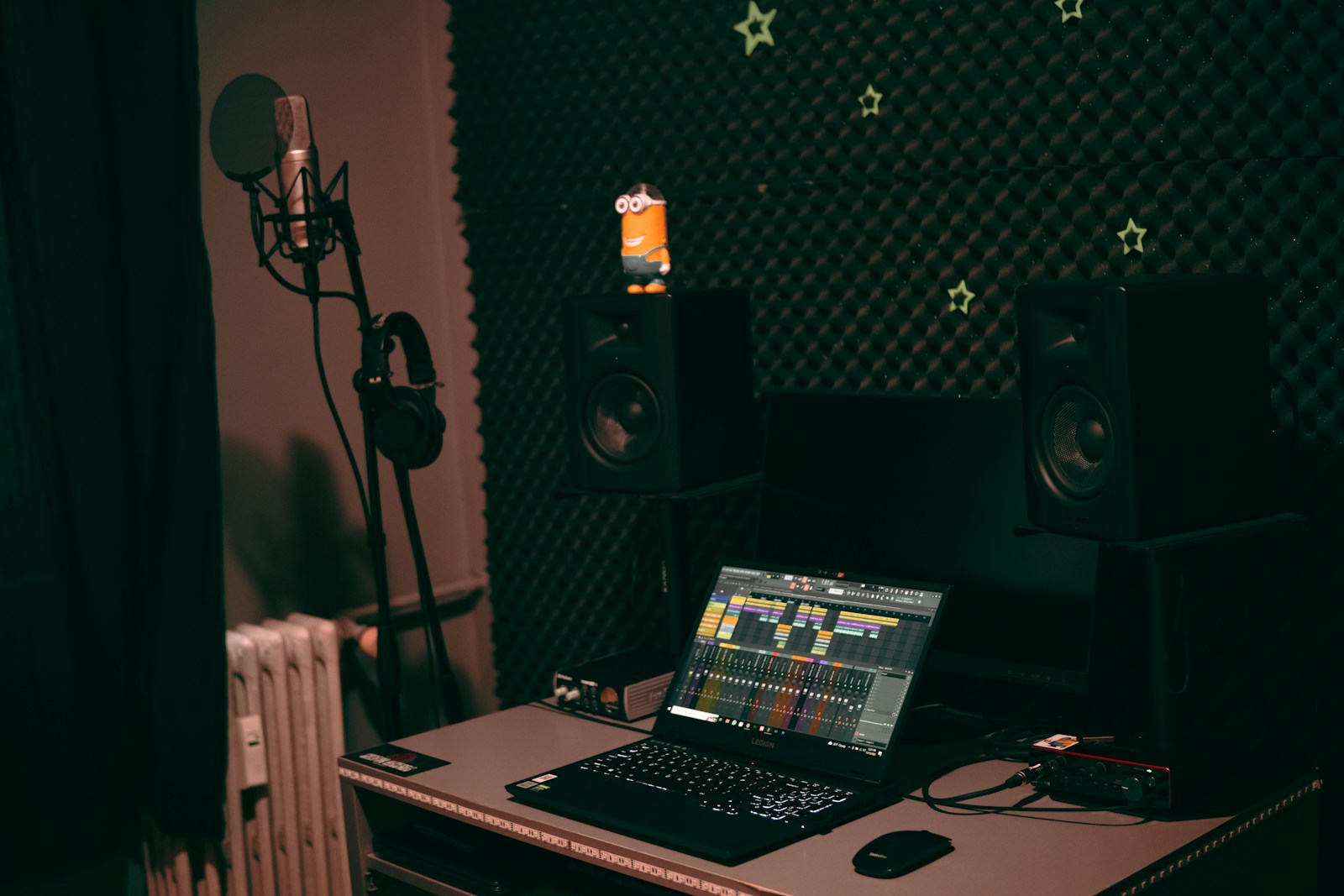Creating a home studio can be an exciting venture for musicians, podcasters, and audio enthusiasts alike. With the right setup, you can produce high-quality recordings without leaving the comfort of your home. This blog post will explore the best home studio setups, detailing essential equipment, budget considerations, and tips for optimizing your space for maximum creativity.
Understanding Your Needs
Before diving into equipment recommendations, it’s important to assess your specific needs. Are you primarily recording vocals, instruments, or creating electronic music? Your focus will dictate the type of gear you’ll require. Here are a few key questions to consider:
- What is your budget? Knowing how much you can spend will help narrow down your options.
- What type of music or audio content are you producing? Different genres may require different equipment.
- How much space do you have? The size of your room can influence your choice of monitors and acoustic treatment.
Essential Equipment for Your Home Studio
1. Audio Interface
The audio interface is the heart of your home studio, connecting your microphones and instruments to your computer while converting analog signals to digital. Popular models include:
- Focusrite Scarlett 2i2: Known for its quality preamps and user-friendly interface.
- Universal Audio Apollo Twin: Offers superior audio quality and built-in DSP for real-time effects processing.
2. Microphones
Choosing the right microphone is crucial for capturing high-quality sound. Here are some versatile options:
- Audio-Technica AT2020: A budget-friendly condenser mic ideal for vocals and acoustic instruments.
- Shure SM57: A dynamic microphone that excels in recording instruments and vocals alike.
3. Studio Monitors
Accurate sound playback is essential for mixing and mastering. Consider these studio monitors:
- KRK Rokit 5 G4: Renowned for their clear sound and bass response, making them suitable for various genres.
- Yamaha HS5: Offers a flat frequency response, which is excellent for accurate mixing.
4. Headphones
Good headphones are necessary for detailed listening during recording and mixing sessions. Options include:
- Audio-Technica ATH-M50x: These closed-back headphones provide excellent isolation and sound quality.
- Beyerdynamic DT 990 Pro: An open-back option known for its comfort and spacious soundstage.
5. Digital Audio Workstation (DAW)
Your DAW is where all the magic happens—recording, editing, mixing, and producing music. Some popular choices are:
- Ableton Live: Great for electronic music production with a user-friendly interface.
- Logic Pro X: A comprehensive option for Mac users with a wide range of plugins and sounds.
6. MIDI Controller
If you’re producing electronic music or need to program beats, a MIDI controller is essential. Look for:
- Akai MPK Mini MK3: Compact and portable with responsive pads and knobs.
- Novation Launchkey Mini MK3: Integrates seamlessly with Ableton Live.
7. Acoustic Treatment
To achieve the best sound quality, consider treating your room acoustically. This can include:
- Acoustic Panels: To reduce reflections and echoes.
- Bass Traps: To manage low-frequency buildup in corners.
Budget-Friendly Setup Ideas
Setting up a home studio doesn’t have to be expensive. Here’s how to create an effective setup on a budget:
- Start with Used Gear: Check platforms like Craigslist or Facebook Marketplace for second-hand equipment.
- DIY Acoustic Treatment: Use foam mattress toppers or thick blankets to absorb sound without spending much.
- Free or Low-Cost DAWs: Software like Audacity or GarageBand can be great starting points before investing in more advanced options.
Optimizing Your Space
Once you have your equipment, it’s time to set up your space effectively:
- Choose the Right Room: Select a room with minimal background noise and good natural acoustics.
- Position Your Monitors Correctly: Place them at ear level and form an equilateral triangle with your listening position.
- Experiment with Microphone Placement: Adjusting the distance and angle can significantly impact sound quality.
Conclusion
Building a home studio is an achievable goal that opens up endless creative possibilities. By investing in essential equipment tailored to your needs and optimizing your space, you can produce professional-quality recordings from home. Whether you’re just starting out or looking to upgrade your current setup, remember that the best studio is one that inspires you to create—so choose gear that resonates with your artistic vision!
